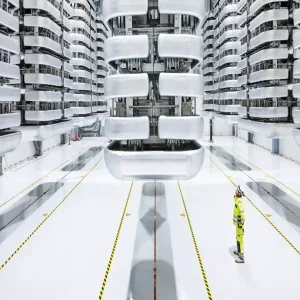 The researchers claim that the catalyst’s performance is similar to or more than that of those made from precious metals that are used for the process.
The researchers claim that the catalyst’s performance is similar to or more than that of those made from precious metals that are used for the process.
A WSU Ph.D. student who synthesized the catalyst and performed most of the experimental work Junhua Song said: “Hydrogen production by electrolysis of water is the greenest way to convert electricity to chemical fuel.”
WSU researchers said that the prohibitive cost of the precious metal catalysts has resulted in limited usage of the water splitting process by industries.
According to the researchers, a significant number of the methods to water also require too much energy, or the required materials break down too quickly.
To develop their catalyst, the WSU research team which is led by professors Yuehe Lin and Scott Beckman in the School of Mechanical and Materials Engineering, added nanoparticles of relatively inexpensive copper to a cobalt-based framework.
The team found the new catalyst has an ability to conduct electricity better than the commonly used precious metal catalysts.
Beckman said: “The modeling helped the researchers gain understanding at the atomic level of how the copper atoms improve the catalyst, which helped in precisely choosing and tuning the elements to enhance performance.”
They used both theoretical modeling and experimental assessments to demonstrate and improve their catalyst’s effectiveness.
Lin said: “The research team has provided a new perspective in designing and improving non-precious metal-based catalysts for hydrogen production.
“This catalyst will pave the way for the development of high-performance, electrolysis-based hydrogen production applications.”
Image: Gas bubbles form as researchers use a unique catalyst to convert water to hydrogen and oxygen. Photo courtesy of Washington State University.






